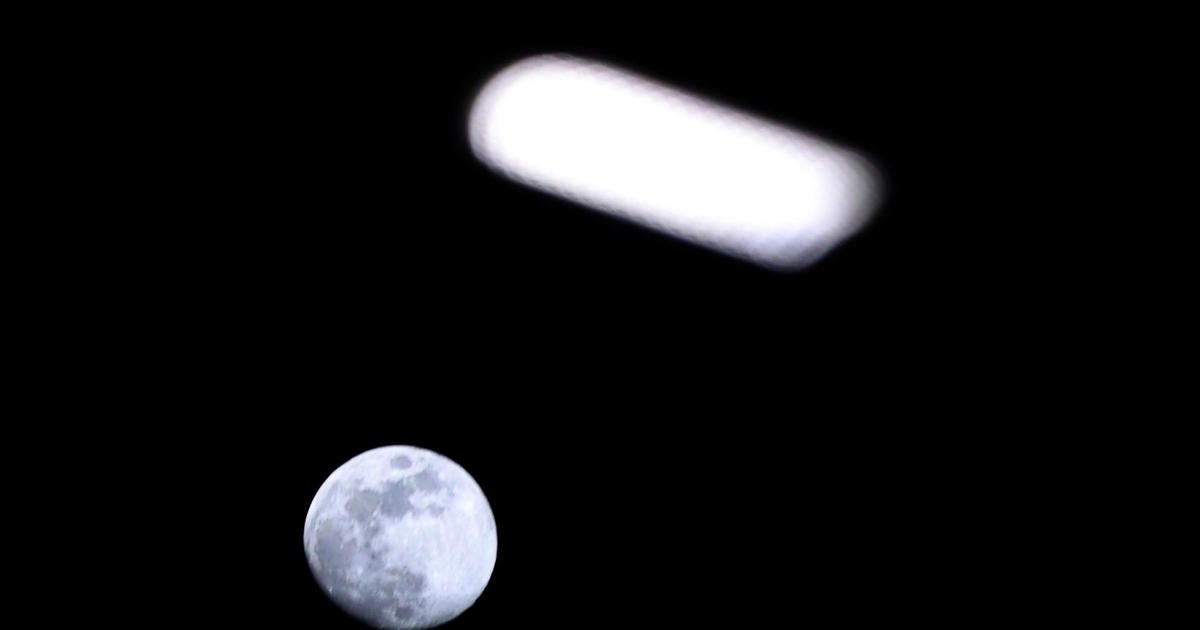Unlocking the Mysteries of February’s Enigmatic Snow Moon
As February approaches, skywatchers prepare for the captivating Snow Moon, a celestial event that delights and intrigues enthusiasts around the world. This lunar phenomenon, often draped in folklore and tradition, offers more than just a beautiful sight in the night sky; it carries historical significance and cultural richness that resonates with people across various backgrounds. In this article, we will delve into the mysteries surrounding February’s Snow Moon, offering insights on where and when to observe it, along with the intriguing stories and meanings behind its name.
What is the Snow Moon?
The Snow Moon, which graces the February sky, is the traditional name given to the full moon that occurs during this month. The name originates from Native American tribes, who named it after the heavy snowfall typically experienced in February. While modern society may view this as a mere aesthetic occurrence, the Snow Moon also symbolizes renewal and hope amidst the cold, dark winter months.
In terms of astronomy, the Snow Moon is the second full moon of the year, following January’s Wolf Moon. Each full moon carries a unique name that often reflects nature’s cycles, seasonal changes, or historical events. The Snow Moon, like its predecessors, serves as a reminder of the ever-changing rhythms of the universe.
When to Witness the Snow Moon
To fully experience the Snow Moon, it’s essential to know when it will be visible. In 2024, the Snow Moon will reach its peak illumination on February 24th, making it a key date for enthusiasts. The best time to observe the moon is typically around its rise and set, when it appears larger and more colorful due to the atmospheric conditions.
Best Locations for Viewing
Finding the perfect spot to view the Snow Moon can enhance the experience significantly. Here are some recommendations:
- National Parks: Locations such as Yellowstone, Yosemite, and the Great Smoky Mountains offer stunning natural backdrops for moon gazing.
- Rural Areas: Getting away from the light pollution of urban environments can provide clearer views of the moon.
- High Altitude Locations: Areas such as the Rocky Mountains or the Appalachian Mountains can offer breathtaking vistas.
Moreover, consider checking local astronomy clubs or observatories, which often host events during full moons, providing telescopes and expert guidance for a more enriching experience.
The Folklore and Significance of the Snow Moon
The Snow Moon is steeped in folklore and cultural significance. Various Native American tribes have their interpretations and stories surrounding this lunar event. For many, the Snow Moon marks a time of reflection, a moment to appreciate the beauty of winter while looking forward to the promise of spring.
Here are a few captivating tales associated with the Snow Moon:
- The Wolf Connection: Some tribes refer to this full moon as the Wolf Moon, highlighting the connection between wolves and the winter environment. It was a time when wolves were more frequently heard howling, symbolizing loyalty and family.
- The Hunger Moon: The Snow Moon was also called the Hunger Moon, as harsh winter conditions made hunting difficult, leading to food scarcity. This name reminds us of the resilience needed to survive the winter months.
- The Storm Moon: In some cultures, it’s referred to as the Storm Moon, reflecting February’s often tumultuous weather.
These stories carry significant weight, reminding us of our shared experiences with nature and the seasons. They also serve as a bridge linking past generations to contemporary society, reinforcing the idea that we are all part of a larger cosmic narrative.
Capturing the Snow Moon: Photography Tips
For those looking to immortalize the Snow Moon with photography, a few tips can help you achieve stunning results:
- Use a Tripod: A stable base is essential for capturing sharp images, especially during low-light conditions.
- Choose the Right Lens: A telephoto lens can help frame the moon beautifully against the landscape.
- Manual Settings: Experiment with manual settings to control exposure and focus, allowing for more creative freedom.
Don’t forget to scout locations ahead of time to find the ideal composition that incorporates the moon with other elements, such as trees or mountains, to create a compelling image.
Spiritual and Personal Reflections During the Snow Moon
Beyond its visual splendor, the Snow Moon provides an opportunity for personal reflection and spiritual growth. Many cultures associate full moons with letting go and setting intentions. As the Snow Moon illuminates the winter landscape, it invites individuals to contemplate their goals and aspirations.
Consider taking time during this lunar phase to meditate, journal, or engage in other reflective practices. Here are a few ideas:
- Gratitude Lists: Write down things you are grateful for as a way to invite positive energy into your life.
- Setting Intentions: Use the energy of the full moon to create intentions for the upcoming spring season.
- Nature Walks: Spend time outdoors under the moonlight, allowing nature to inspire and rejuvenate your spirit.
Engaging with the Snow Moon in this way can foster a deeper connection to both nature and oneself, emphasizing the importance of reflection in our fast-paced lives.
Conclusion: Embracing February’s Snow Moon
As February approaches and the Snow Moon rises, we are reminded of the beauty and mystery of the cosmos. This celestial event is not just a visual wonder but a cultural touchstone that connects us to our history and the natural world. Whether you’re an avid skywatcher, a photographer, or someone seeking personal reflection, the Snow Moon offers something for everyone.
So, gather your loved ones, find a perfect viewing spot, and prepare to unlock the mysteries of February’s enigmatic Snow Moon. Embrace the magic of this celestial spectacle, and let it inspire you as we transition from winter toward the hopeful promise of spring.
See more Your Daily Weather



